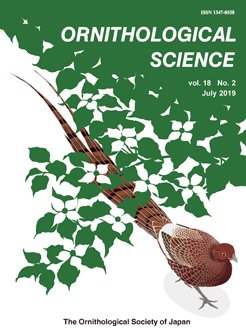The Lord Howe Woodhen (Hypotaenidia sylvestris) is endemic to Lord Howe Island off the mid-east coast of Australia and came perilously close to extinction as a result of hunting pressure and introduced predators. A recovery program was implemented in the 1970s to reverse the decline of the species through eradicating introduced predators (pigs, cats and goats) and augmenting the population through an in situ captive-breeding program. In 1980, three wild breeding pairs were taken into captivity from Mount Gower. Over the four years of the captive-breeding program, 76 chicks were produced from the original founders and their progeny and an additional four chicks were artificially reared from eggs collected from a wild pair. Almost all woodhens were liberated across four release sites, but only 13% of released birds were resighted and numbers increased at only one of these sites and then declined. A captive-bred female that was released into the lowlands paired with a wild male (which had been temporarily held in captivity) and bred prolifically, leading to rapid population growth in the lowlands. The subpopulation on Mount Gower increased fivefold in the decade following the captive-breeding program, despite the removal of the three breeding pairs (which were released elsewhere) and receiving no augmentation from the captive-breeding program. The woodhen population continues to expand and it is likely the eradication of invasive rodents from Lord Howe Island during 2019 will facilitate further population growth.
How to translate text using browser tools
27 January 2020
Preventing the Extinction of the Lord Howe Woodhen (Hypotaenidia sylvestris) through Predator Eradication and Population Augmentation
Dean Portelli,
Nicholas Carlile
ACCESS THE FULL ARTICLE

Ornithological Science
Vol. 18 • No. 2
January 2020
Vol. 18 • No. 2
January 2020
Gallirallus
rail
rallidae
recovery program




